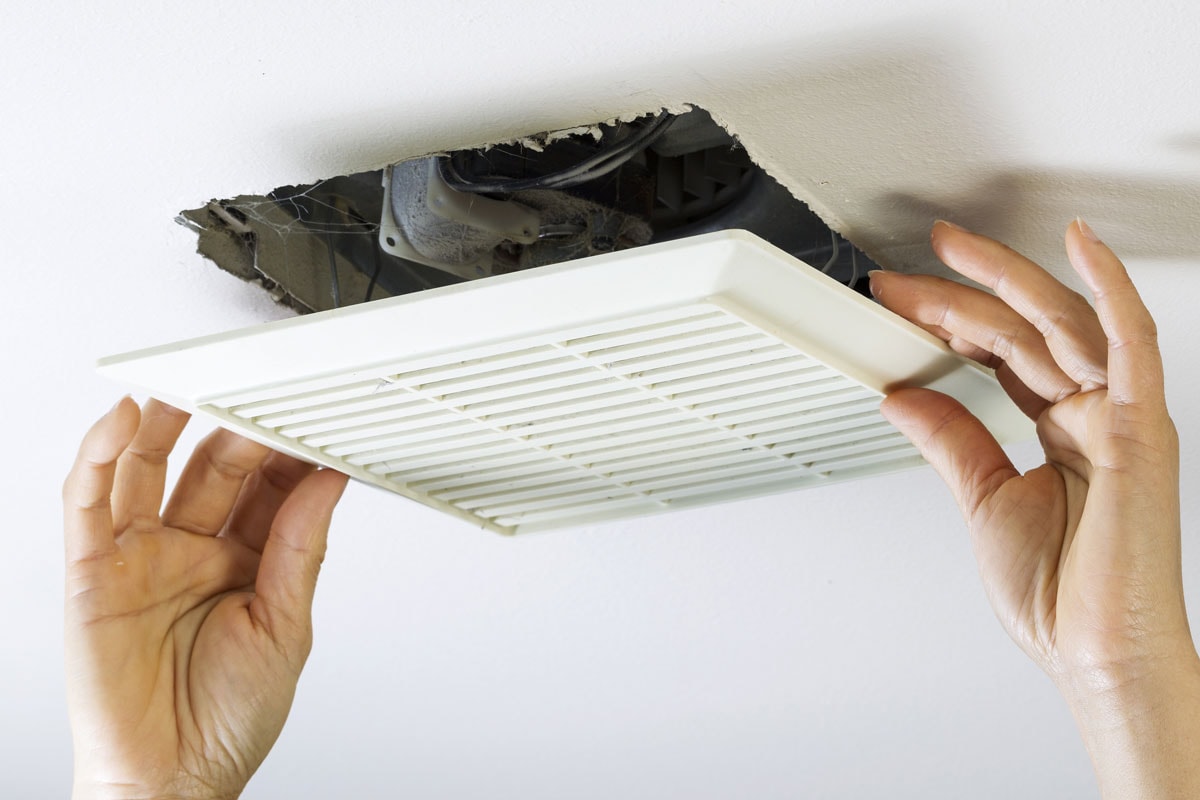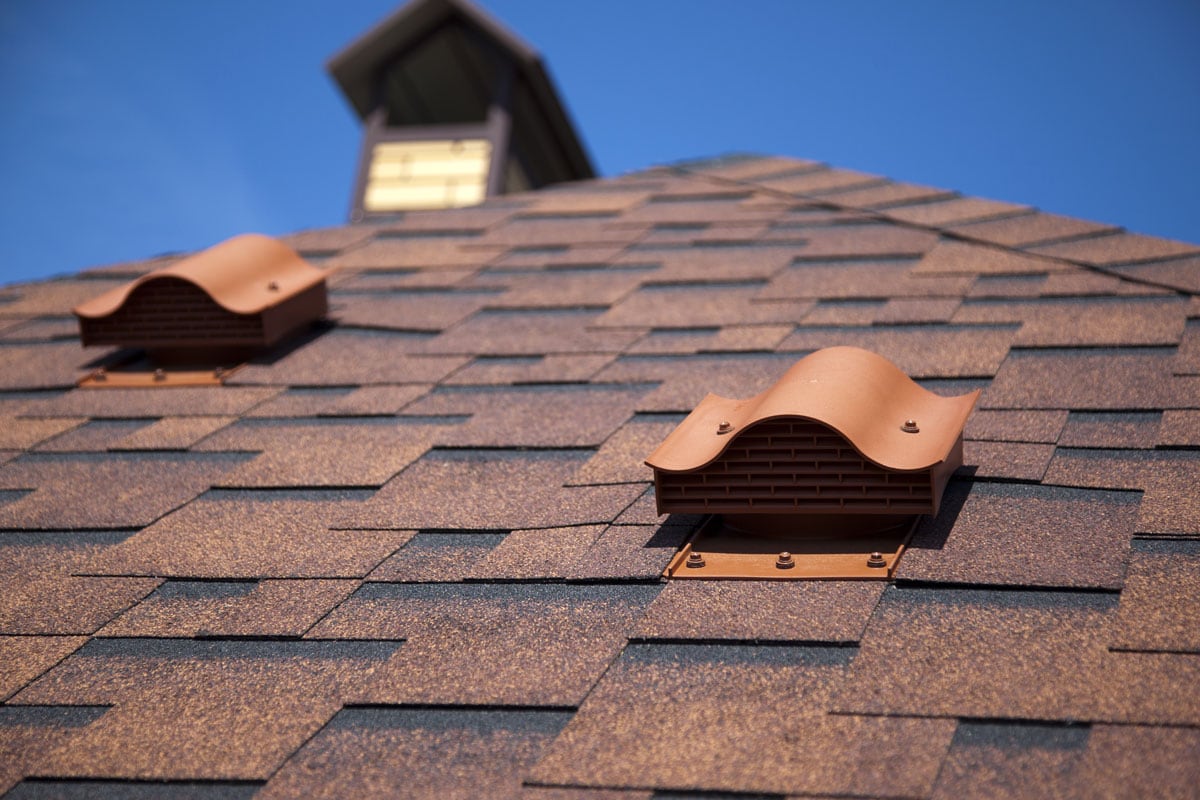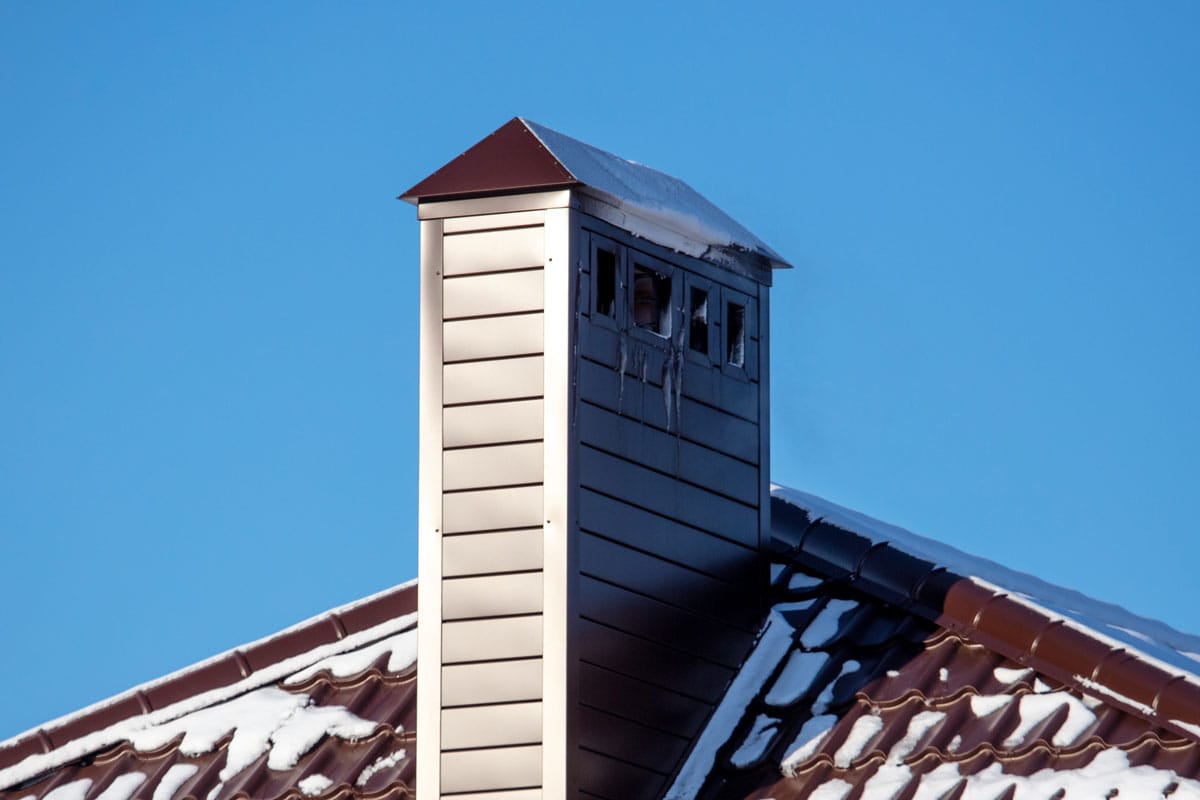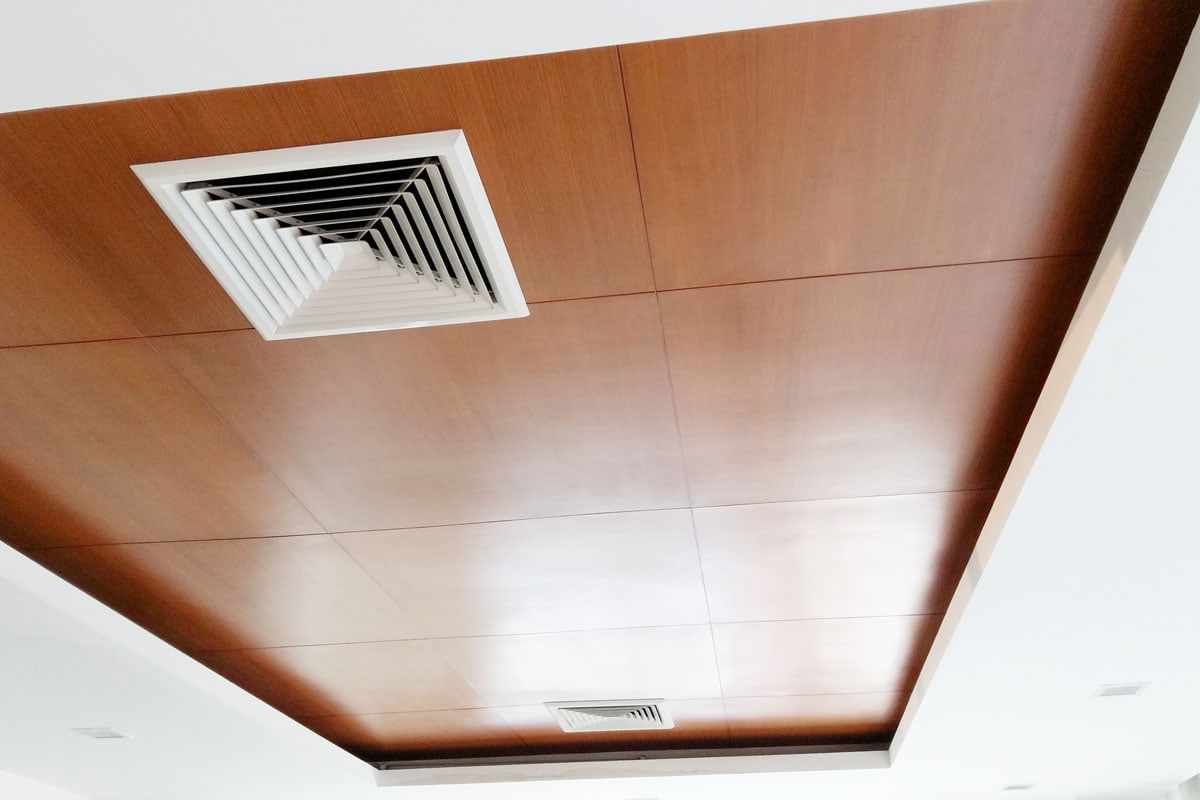If your ceiling vent keeps getting loose with the screws on, or you can't secure it with screws on drywall, don't worry! There are other ways to fasten your ceiling vent without screws. Find out the options from the researched information.
You can use a piano string as a holder for your ceiling vent against the wall. It is a firm wire that does not get bent easily. Also, you can use other options, such as threaded insert and liquid nails, spray foam glue, or construction adhesive.
The alternative options are affordable and available in local shops. But stay on the page to know how to use these materials properly in securing your ceiling vent. Also, discover some troubleshooting tips in case of your air ventilation at home.
![White color square air vent on brown wood ceiling, How To Secure A Ceiling Vent Without Screws [Options & Troubleshooting Tips]](https://hvacseer.com/wp-content/uploads/2022/10/How-To-Secure-A-Ceiling-Vent-Without-Screws-Options-Troubleshooting-Tips.png)
Ways To Secure A Ceiling Vent Without Screws [Troubleshooting Tips]
The ceiling vent is installed with screws to secure it in place. But there are other options for the ceiling vent to stay in place, which works fine as screws. Screws are apparent on the cover. And it can ruin the design or the minimal style of your ceiling vent.

Tools To Use
Tools should always be at hand in projects. Gathering all the things needed at the start will make your task much easier up to the end. Read the materials you need to succeed in the project:
- Piano wire
- Hot glue
- Cardboard
- Plastic-dip rubber coating
- Liquid nails
- Threaded inserts
- Spray foam adhesive
- Construction glue
- Drill [to make small holes]
Check out this plastic dip coating on Amazon.
Option 1: Piano Wire
You might want to know what piano wire has to do with your ceiling vent. Piano wire is a good material for holding your vent on the ceiling since it is firm and not easily bent. Here's an easy guide to preparing a piano wire to secure your vent:
- Create very tiny holes with a drill on the side ends of the vent. Leave a 2 1/2 in. space from the tip of the vent to the hole.
- Take a piano wire and measure it to serve as a holding spring for the vent.
- Cut the wire to its correct size and thread it into the tiny holes.
- Glue each tip of the wire using hot glue. Ensure it attaches well.
- Get the plastic-dip rubber coating and have the piano wire dip in it. It is to give friction to the wire, making it stick on the wall.
- After drying, push the ceiling vent into the wall or ceiling. You can easily take it out with only the spring flexible to bend. But strong enough to hold the vent.
Check out this music wire on Amazon.
Option 2: Threaded Insert And Liquid Nails
This method is suitable for ceiling vents with small holes fit to inserts. It is because the inserts will likely fall or lose if the holes are not fit. Put in the threaded inserts to the ceiling vent holes. Fix and put on liquid nails to firmly secure the vent in place.
Check out these insert nuts on Amazon.
Option 3:Using Spray Foam Or Construction Adhesive
Sealants are alternatives for securing your ceiling vent in place. Use spray foam or construction adhesive to attach the vent to the drywall.
You can also combine methods or materials as you see fit to secure your vent. For example, you can add threaded inserts and liquid nails. Use spray foam to close the gaps in the ceiling vent. Or, buy a new vent cover to fit the threaded inserts or the method you want to use.
Check out this spray adhesive on Amazon.
Troubleshooting Ideas

Ventilation at home can encounter various and usual problems. Some signs of poor roof ventilation are the presence of moisture, disagreeable indoor temperature, blistering paint indoors, damaged roofing materials, and a damp attic if you have one.
There are recommended fixes to that and maintenance of your ventilation units. Read the tips on how to troubleshoot correctly regarding your home ventilation:
- Scrape off the ice accumulated on top of your roof in winter. It causes poor ventilation in your house.
- Confirm if there is an intake and outtake of air movement from your attic. Make sure the in and out of airflow is balanced.
- The insulation should not cover any of your vents. It can overwork your vent and may cause a shorter lifespan of your unit.
- You can install more vents in your house as necessary.
- Let professional intervention in roof inspection and severe symptoms of your vent.
Improving Ventilation

Installing vents all over your house is necessary. Keeping its airway clean and systematic makes it work efficiently. There are more ways to improve ventilation in the house. There are simple ways to have fresh air in your house.
- Introduce outdoor air. Opening windows and doors, if the weather allows, is a simple way to have an exchange of outdoor air.
- Turn on fans. Use fans to increase the airflow from open windows. You cannot widely open your windows in some cases, so it is the best time to take out your fans for better air circulation.
- See to it that ventilation systems are functioning in each room for comfortable temperature and condition.
- Add air filters. Get the correct size of filters and operate them to activate airflow.
- Use exhaust fans in your bathroom, kitchen, and others whenever it is engaging and even when it's not occupied.
- Equip with portable HEPA filters. It improves and purifies the air better. Technology like this in your units can help you have clean air circulation.
Check out this portable HEPA filter purifier on Amazon.
Do You Have To Use Vent Covers?
You have to cover every vent with a vent cover. It blocks dust and debris from coming into your ventilation system. Covering your vent goes with the room design. You don't want to see any holes in your wall, ceiling, or floor. Also, it hones the entry and exit of air in the vent, securing a good airflow.
How Do You Seal An Air Vent In A Ceiling?
Seal an air vent in a ceiling using caulk or expanding foam. Apply it in the space connecting the ducting and the sheetrock.
It is to contain conditioned air and block the entry of unconditioned air to the thermal covering. Afterward, attach weather stripping all over the vent cover's underneath.
Check out this weather stripping on Amazon.
Should Vents Be Open Or Closed In Winter?

Vents should always be open in winter. The rising pressure in the ductwork can cause cracks and trenches. Keep it open to ward off further malfunctions to your heating unit during winter.
Should You Close Off Vents In Unused Rooms?
Never close off your vents when there is no one using the room. Keep them open. Closed vents can use up more energy than their usual operation. With a closed vent, the chief air unit will propel the extra air to the other rooms in your house.
Can Closing Air Vents Cause Mold?
Yes. Closing air vents cause mold and mildew, especially in an unoccupied room. It can make its way to different rooms since they are not airlocked. Good air circulation is a must to prevent mold and mildew buildup.
Can You Put Foil Over A Vent?
Foils are good reflectors of heat. You can put foil at the back of space heaters and heating vents. It is to throw back the heat toward your house. Buy a specialized thermal foil from a local shop, or use the one you have in your kitchen, a first-rate kitchen foil.
Check out this foil tape on Amazon.
Can I Cover The Vent With Plastic?
You can use plastic vent covers. Use polypropylene if you're looking for an impact-resistant vent cover. And use polystyrene if you need a heat-resistant vent cover. Using the two plastic resins is common.
Check out this vent cover plastic on Amazon.
Wrapping Up

Securing your ceiling vent without screws is possible with some options. For small-holed vents, you can use a piano wire as a spring, threaded nuts, and liquid nails. Or, you can have adhesive to stick it firmly on the drywall, such as spray foam adhesive or construction adhesive.
Discover more about ceiling vents and their troubleshooting in these posts:








